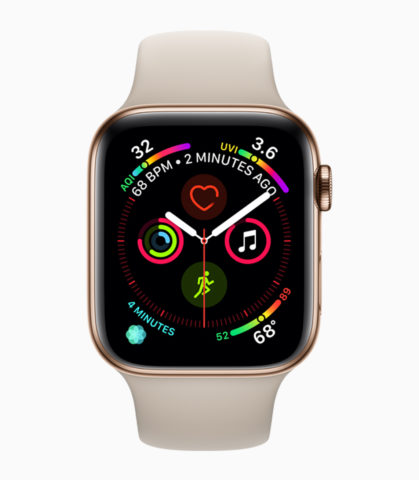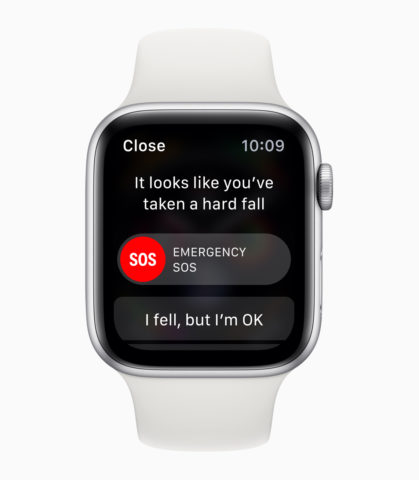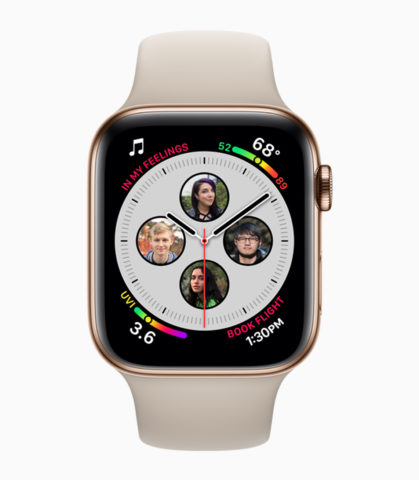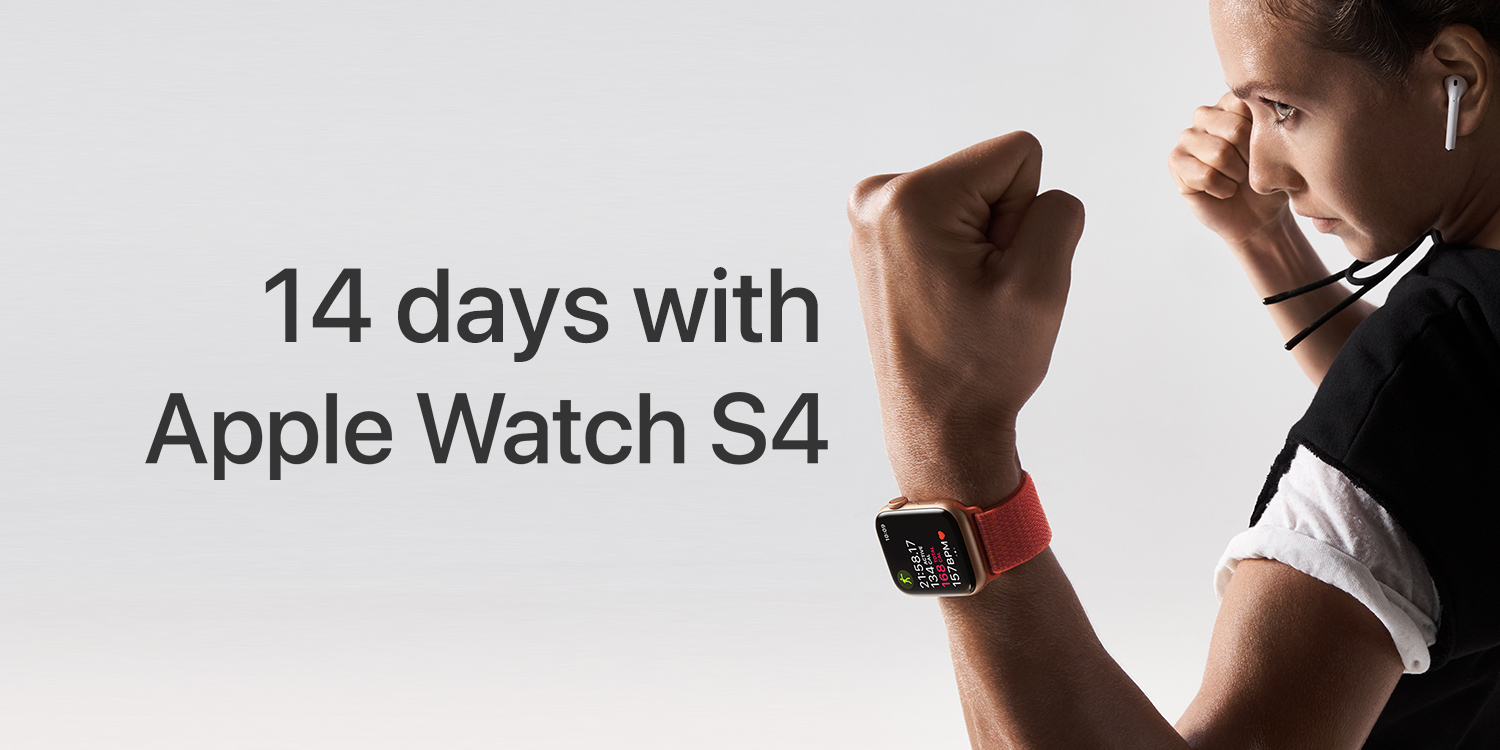Craig Grannell rekindles his relationship with Apple’s wrist-based overlord – but is there still a spark?
I’ll admit I was a skeptic regarding the original Apple Watch. It didn’t seem a device that would be transformative – and Apple’s task was further complicated by the fact I’d not worn a watch in years.
In the event, I became something of a convert. When ordered, I dutifully stood up at ten minutes to the hour. I felt a buzz of excitement on closing fitness rings. And I began to see the utility in wrist-based notifications.
The main snag was the device was a pretty crappy watch, since you had to do a comical arm flick to wake the screen, hoping you didn’t accidentally punch someone in the face while doing so.
Watch out
At some point, my interest waned. My Apple Watch one day failed to work, and my Health/Activity data was lost during a reinstall. It increasingly felt unresponsive, and ended up spending most of its time perched on a stand – a sad little office clock rather than a cutting-edge wearable.
With Series 4, though, the spark of intrigue returned. Here was Apple’s first meaningful Apple Watch redesign, with a slew of new features. The bigger display, though, is what really caught my eye. It’s noticeably larger, and feels more like it’s the face of the device, rather than a square carved into it.

Apple makes use of these increased acres with a new watch face called Infograph. Absurdly configurable, it lets you pack the screen with ‘complications’ – widgets that act as informative displays and shortcuts. It’s clutter central – but after wrenching myself away from previous favorite Activity Analogue (with its dominant rings), I admit I kind of love it.
Fall guy
Apple’s keen to push the new health benefits of the Series 4 – taking an ECG (albeit currently only in the USA), and fall detection (which, fortunately, I’ve not yet needed – but it’s good to know it’s there).

Mostly, though, what impressed me is the sheer power of the device. Tap or prod it and it’s instantly ready and waiting. Select an app and it’ll immediately burst into life, enabling you to quickly delve into weather reports, emails, news, calendar details, and more.
Apple Watch isn’t an iPhone replacement – it’s still first and foremost an ‘accessory’ of sorts. Even if you have the cellular version, it can’t fully replace your iPhone. But it can plug gaps, and stop you reaching for your iPhone so often.
Verdict: Apple Watch Series 4
Two weeks in, I feel like a convert all over again. My Apple Watch is on my wrist from the moment I get up until bedtime. Despite the irksome price rise, it feels like a device I can finally recommend if you like the idea of a high-end Apple-made timepiece, communications device, and health tracker.

That said, there is one downside: the experience confirmed Apple’s wearable is very iPhone in one way – it needs upgrading on a periodic basis. This isn’t a single timepiece you’ll love forever; you must make peace with the fact you’ll need a new one every few years as technology blazes into the future.

